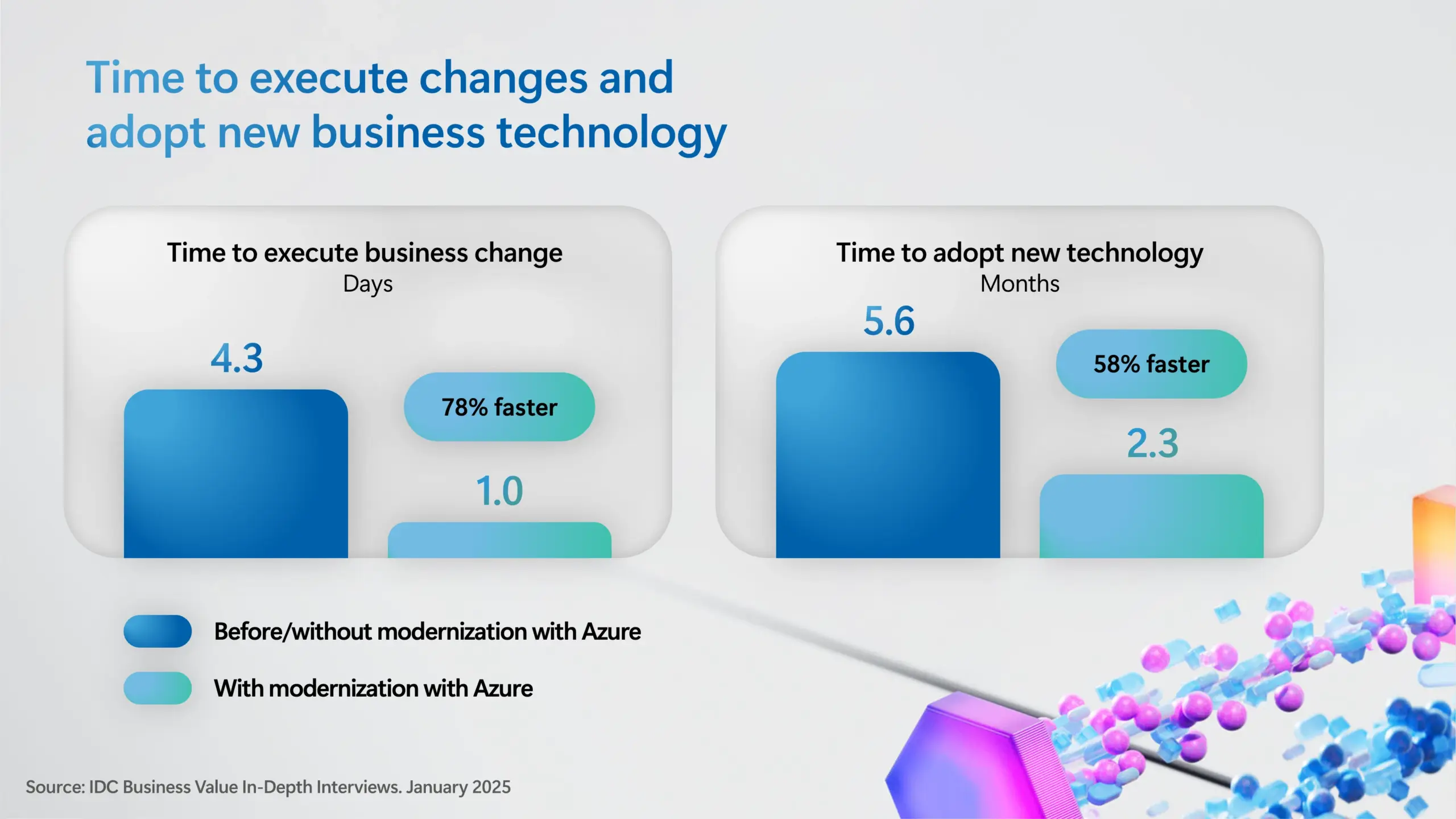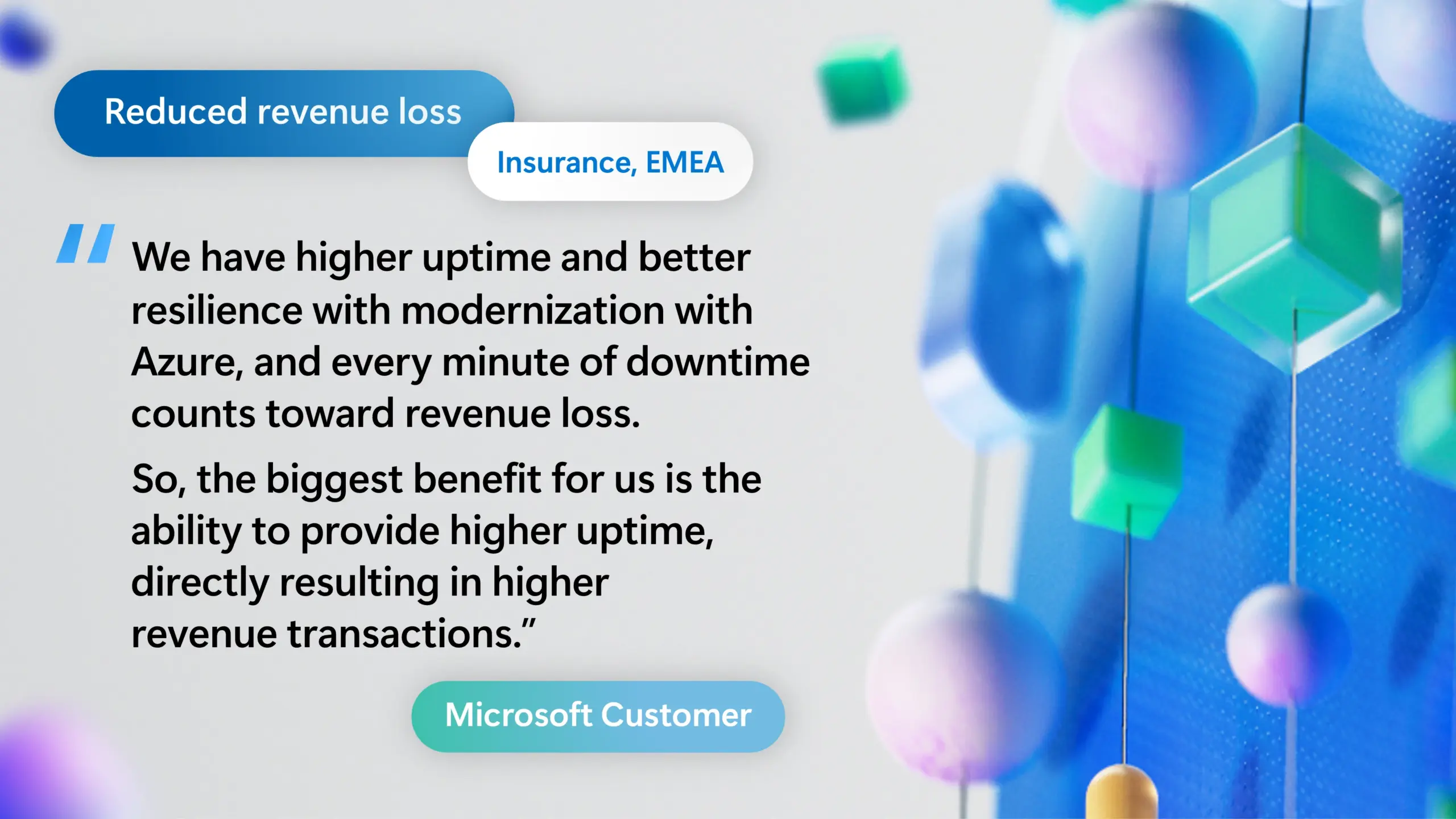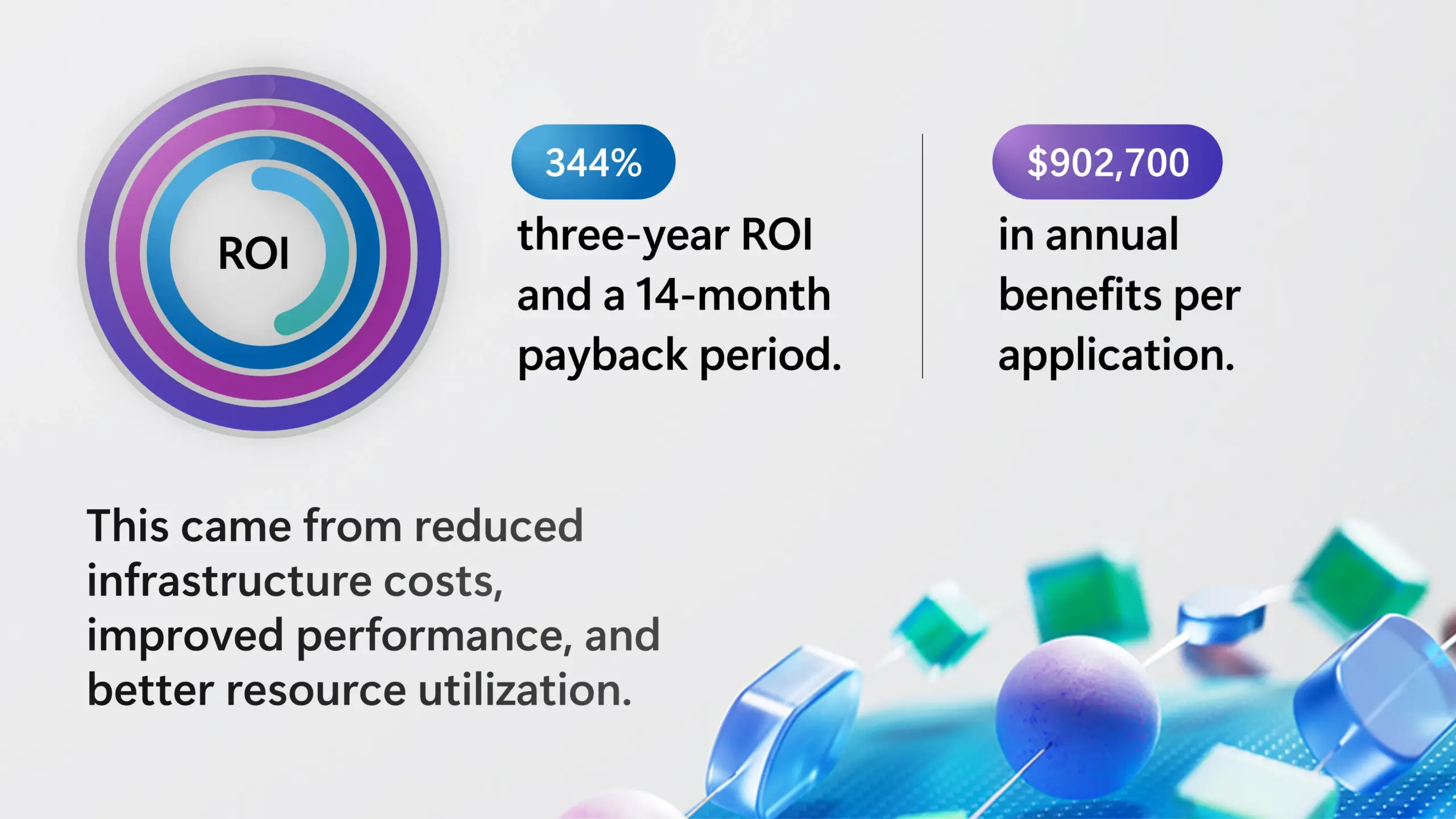Microsoft warns of new “Payroll Pirate” scam stealing employees’ direct deposits
Among other things, the scammers bypass multi-factor authentication.
A new kind of enterprise is emerging—and it’s rewriting the rules of leadership.
Microsoft’s 2025 Work Trend Index calls them Frontier Firms: organizations that are not just adopting AI, but are powered by intelligence on tap, human-agent teams, and a new role for everyone; agent boss while rearchitecting their operations around it. These firms are moving beyond experimentation and into scaled transformation—powered by human-agent teams—by having agents as members of their team, reinventing processes, providing employees with new skills to scale their impact, and using a modern cloud foundation.
What’s most inspiring is that they’re not waiting for perfect conditions. They’re building now for a competitive advantage.
This is the leadership gap. AI is the defining force of this era—but it can’t thrive on legacy systems. The ability to scale AI responsibly, securely, and enterprise-wide depends on a modern cloud foundation. And that’s where the leaders are separating from the laggards.
The future belongs to the Frontier Firm. And the foundation of every Frontier Firm is a modern cloud. The companies that will lead in AI tomorrow are the ones modernizing their digital core today. Cloud + AI isn’t a tech trend. It’s the new business model.
The gap between digital leaders and digital laggards is no longer theoretical—it’s measurable. While some organizations are reimagining their operating models with AI at the core, others are still debating pilot programs. This divergence is creating a new kind of competitive pressure—one that’s not just about technology, but about time.
In fact, according to the recent Microsoft 2025 Work Trend Index, Frontier Firms are already reshaping their industries. They are faster to market, more adaptive to change, and more efficient in how they scale intelligence across the enterprise. Meanwhile, digital laggards are stuck in a holding pattern, attempting to run AI on infrastructure that wasn’t built for it, managing data in silos that AI can’t learn from, and spending more time maintaining systems than innovating with them.

Technical debt is now one of the most significant barriers to digital transformation. This technical debt includes legacy systems that consume a disproportionate share of IT budgets, limits agility, and introduces security and compliance risks. Shifting from project-based funding to continuous modernization models can address this growing burden.
This is where cloud modernization becomes a company-level strategic—not just technical—imperative.
Legacy systems weren’t built for AI. Modernizing with Azure is how leaders unlock its full value—securely, responsibly, and at scale.

IDC reports a 90% reduction in unplanned downtime. That’s a business continuity imperative. In sectors like healthcare, manufacturing, and financial services, downtime can mean lost revenue, reputational damage, or worse. By modernizing on Azure, organizations ensure their critical systems are available and resilient, supporting business continuity and customer trust.

IDC found a 344% three-year ROI and a 14-month payback period. Organizations also reported $902,700 in annual benefits per migrated and modernized application. These gains come from reduced infrastructure costs, improved performance, and better resource utilization. For business leaders, this means that investments in Azure modernization are not just cost centers, they are profit drivers. Rapid payback frees up capital for further innovation, while high ROI demonstrates that modernization is a growth strategy, not just an IT upgrade.

Modernization is a growth engine. The data proves it, and the leaders are already moving.
IDC found that organizations modernizing with Azure saw a 47% improvement in IT agility. That’s not just faster systems, its faster strategy, faster pivots, and faster innovation cycles. The business case is clear: the sooner you modernize, the sooner you unlock the full value of AI.
The future belongs to those who can scale AI responsibly. And that future starts with a modern cloud foundation.
Modernizing with Azure helps you and your team navigate the AI transformation with confidence—building a resilient, secure, and intelligent digital core that empowers your teams, delights your customers, and positions your organization as a leader in the era of AI.
To learn more about how your organization can modernize with Azure, check out the latest App Modernization Guidance and get in touch with your Microsoft expert.
The post Building the Frontier Firm with Microsoft Azure: The business case for cloud and AI modernization appeared first on Microsoft Azure Blog.
Among other things, the scammers bypass multi-factor authentication.
The Medusa submarine fiber optic cable system, owned by AFR-IX Telecom, has achieved a significant
Understanding malware functionality and analysis processes can be a thorny ball of string. To help
Protecting your organization from cyber threats is essential for ensuring smooth operations and meeting compliance
When the Lights Go Out, Productivity Stops It only takes one router crash or switch